Reading about science is pivotal for understanding the world around us
This reading comprehension resource is based on a science research news story selected for its relevance to the curriculum topic structure and bonding. Learners will actively engage with a simple text about a research article.
Learning objectives
- Use active reading strategies to help you understand a science news story.
- Use the glossary to support your understanding of unfamiliar words.
- Know what key information to look for when reading a science news story.
- Understand how people write about science differently depending on their audiences.
- For extension – confidently talk about the science news story, with consideration for your audience.
Questions 3–6 in the student sheet support learning objectives 1 and 2. Question 6 supports learning objective 3. The ‘extra challenge with reading’ questions 1–3 support learning objective 4 and the ‘Present the news’ extension task supports learning objective 5.
Introduction
Education in Chemistry has collated and distilled a wealth of science research news stories. This reading comprehension resource is based on one of these stories relevant to the structure and bonding topic.
The resource is made up of:
- Reading comprehension worksheet – a simplified summary of a research article with comprehension questions and a glossary
- Present the news slides – instructions for extension task, plus hints and reflection questions
- Present the news script – a script template for learners to write into in groups, and a table for reflecting on class presentations
- Teacher notes – including example answers and guidance for all activities
Key terms
Atom, delocalised electron, electron, element, isotope, metal.
How to use this resource
The story text has line numbers so you can easily direct learners to particular parts of the text.
Model active reading
Read the story aloud with your learners and prompt them throughout to actively engage with the text. You can ask:
- ‘What do you think will happen next?’
- ‘How would you rephrase what’s just been said?’
- ‘What is this news story about?’
Find more information in How to teach reading in science.
Consider using playback or recording software, so that learners can listen to the text on a device as they read along.
Question 6 asks learners to write a summary of the news story for their classmates. You can work through this question as a class first, before tasking learners to draw out the required information from the text independently. You can get learners to peer mark the summaries.
Glossary of relevant terms
The glossary is pre-populated with vocabulary from the story that learners may need support with. The Education Endowment Foundation recommends prioritising teaching tier 2 and tier 3 terms, which learners are less likely to hear or read outside of their science lessons.
The words listed in bold in the glossary are key terms and link with our corresponding key terms support resources. For more challenge, remove or edit entries and task learners with researching and then populating the glossary.
Accompanying resources
To answer questions 7 and 8, learners will need access to the longer and more complex version of the reading comprehension text. Download and print or view online here. Learners will need a printed version to annotate in question 7.
Extension task: present the news
Instruct learners to present the science news story they have read as an item in a news programme.
Split learners into groups of three or four and assign each of them one of three roles – news anchor, reporter, or scientist. If there are more than three per group, assign multiple scientists. It’s important that everyone says something during the presentation.
- Project the ‘Present the news’ slides on the board. Explain the task (slide 2) and provide learners with printouts of what each role needs to do (slides 3–5).
- Talk through the slide called ‘What does a good presentation look like?’ (slide 6) before inviting the groups to present (allow five minutes per group).
- Give learners the script template and direct them to prepare, as a group, what they want to say in the presentation. This will firstly involve reading the introduction on the script template, which you can do as a class if necessary. As a rough guide, allow about 45 minutes for learners to prepare.
- Direct learners to fill in the feedback sheet on the script template while their classmates are presenting. After all groups have presented, invite reflections and make notes of any learnings for the next speaking and listening activity.
Oracy Cambridge’s Oracy skills framework provides more information about speaking and listening skills.
Metacognition
This resource supports learners to develop their metacognitive skills in three key areas.
Plan
- Question 6 provides learners with a series of prompts to scaffold their summary of the science news story.
- The ‘present the news’ script introduction contains questions for learners to ask themselves when planning the presentation, for example about using images and how to keep to time.
Monitor
- Ask learners questions when reading the text aloud (see section called ‘model active reading’) to prompt them to monitor their understanding throughout the task.
- The comprehension questions prompt learners to assess how much the active reading strategies help them to understand the text, and what other strategies they can employ to aid their understanding.
Evaluate
- Invite feedback on answers to the metacognitive questions (in the red boxes) and collate a reading strategies ‘cheat sheet’ as a class. Revisit this cheat sheet the next time you do a reading comprehension activity.
- Use the populated feedback table to reflect as a class on the strengths of the presentations and identify things to work on next time you do a class speaking and listening activity.
Example answers and guidance
Example answers for all questions in the worksheet, suggested highlighting for question 7 and and example script for present the news are all included in the teacher notes.
Downloads
Structure and bonding reading comprehension student sheet
Handout | PDF, Size 0.37 mbStructure and bonding reading comprehension teacher notes
Handout | PDF, Size 0.39 mbStructure and bonding reading comprehension student script template
Handout | PDF, Size 0.15 mbStructure and bonding reading comprehension student slides
Handout | PDF, Size 0.67 mbStructure and bonding reading comprehension student sheet
Editable handout | Word, Size 0.71 mbStructure and bonding reading comprehension teacher notes
Editable handout | Word, Size 0.79 mbStructure and bonding reading comprehension student script template
Editable handout | Word, Size 0.82 mbStructure and bonding reading comprehension student slides
Editable handout | PowerPoint, Size 0.84 mb


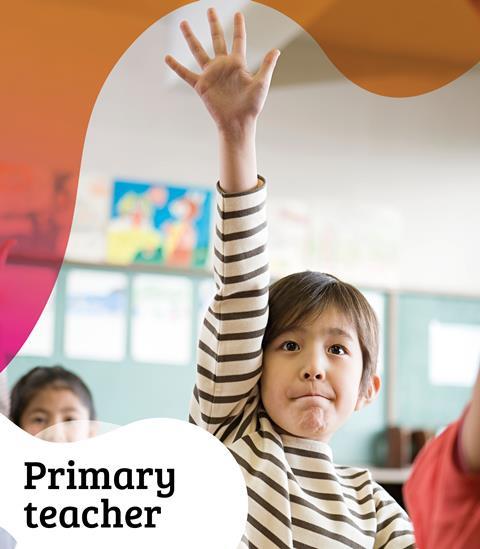
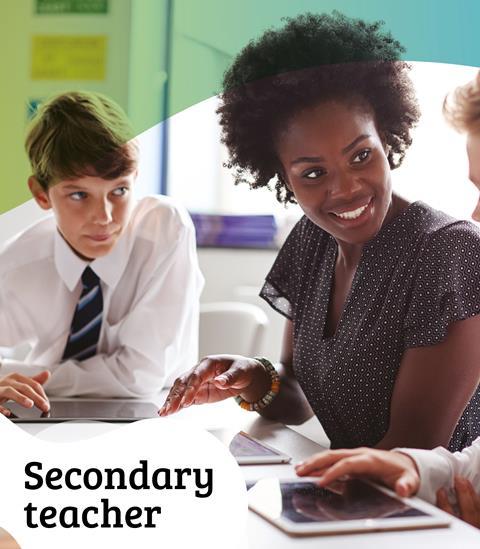

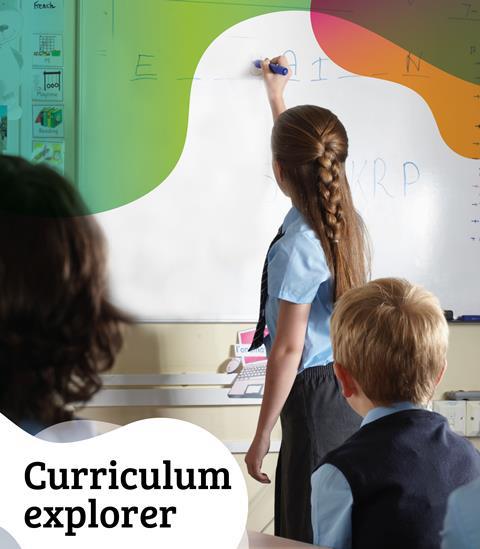

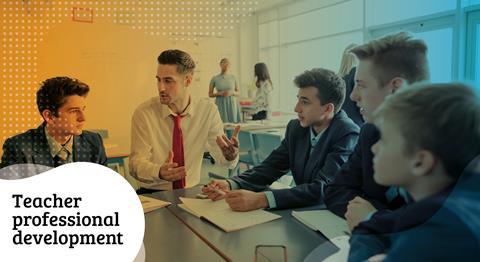



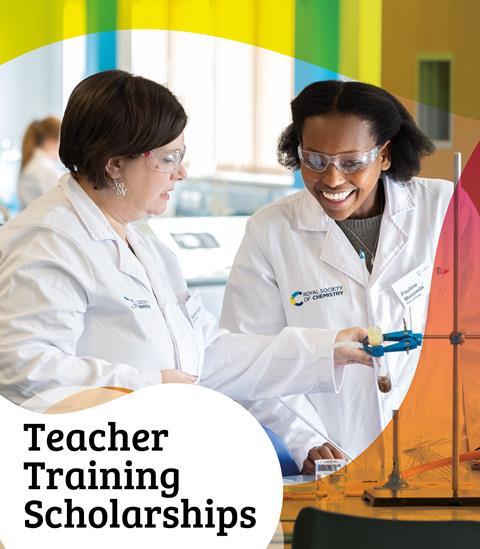
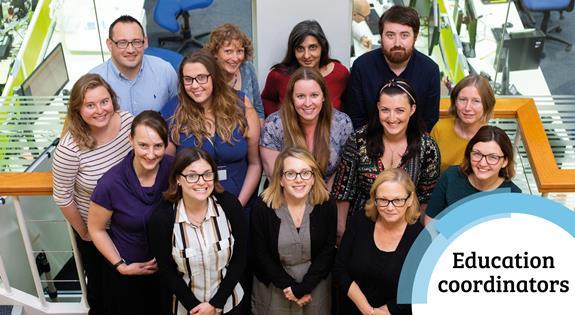

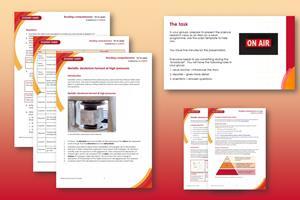
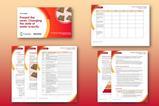
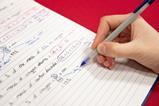
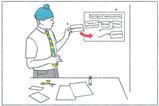



No comments yet